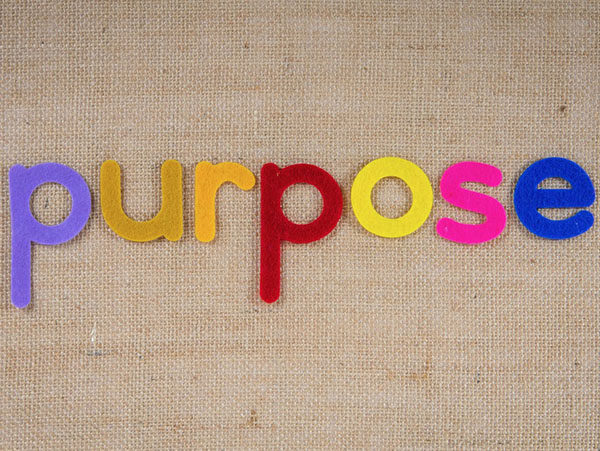Industry Talk
Has Print Given its Last Heartbeat?
by Krikor Khatchikian
August 30, 2016
.jpg) Advertisement
AdvertisementIf you trust in Google’s depiction of reality, then the whopping 332,000 results for “Print is dead” on the undisputed king of search engines, make the answer a resounding ‘Yes’. And when you know that Pew Research Center claims that 2015 was the worst year for the newspaper sector in the United States since the recession, you’d probably say ‘It most definitely is’.
But a closer look beneath the cloak of alarming figures and statistics tells a different story: Print isn’t dead. It is simply going through metamorphosis.
To begin, the murky picture often portrayed as Print’s new reality, isn’t necessarily a universal one. While Amazon recently said that e-books sell 14% more copies than physical ones on its site, and ‘Pew’ tells us that US newspapers weekday circulation fell by 7% in 2015, their greatest decline in five years. Northwestern University in Qatar’s (Nu-Q) latest research estimates a 1.4% growth in the Middle East’s newspaper circulation during the same period and shows that magazines’ circulation in the region has fared better than in mature markets.
As a matter of fact, Nu-Q says that Qatar witnessed an increase in newspaper revenue between 2010 and 2015, which is unlikely the case in any other country.
Print is alive and well. What is actually happening in the media landscape is a shift in roles.
Print has lost to Digital, in the fight for news domination, mainly due to the real-time, cheap-distribution qualities of the Internet. But Print remains a strong contender in the books, magazines and branding arenas.
Despite the transformational power of the Internet, the ‘21st-century wonder’ failed to de-throne Print as the "supremo" for timeless, in-depth content and the linear presentation of information.
Ink-on-paper is thankfully still head and shoulders above its digital counterpart in a domain or two. Books and magazines are not only a tangible – and often aesthetically pleasing – ‘thing’ that can live on shelves and table tops for a lifetime, they also offer an immersive, sensory-engaging experience that today’s popup-infested, click away-prone web cannot quite match.
Furthermore, the higher barrier-to-entry and quality-screening process in Print publishing often translate into higher calibre, more authoritative condensed-form content, in stark contrast to the Internet’s hard-to-verify endless barrage of ‘toss away’ information.
No wonder Huffington Post blogger Naomi S. Baron’s recent survey of students’ reading habits revealed that a staggering 92% of them still prefer Print.
Add to that the luxury of more precisely architecting readers’ sequential exposure to content as well as branding and aesthetic design elements in Print, and you’ve got in your hands – literally – a versatile, captivating medium with longevity and a high perceived value to boast.
Indeed industry experts are right; Digital is here to stay. But so is Print.
The real question publishers, advertisers, and marketers should be asking themselves isn’t which is alive and which is dead. It’s rather ‘How each of the two media can be employed, to deliver the message, and bring goals to fruition’.



.jpg)










